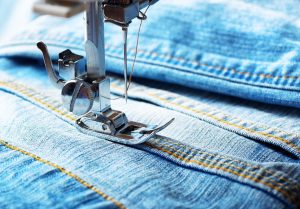Accredited Testing Services for Every Industry
AWTA Product Testing offers comprehensive, accredited testing services to a wide range of industries within Australasian and International markets. The laboratory specialises in flammability, thermal conductivity, spectrophotometry, retro-reflective performance and accelerated weathering. We test and evaluate a diverse array of products, including, fibres and yarns, textiles and apparel, safety garments and healthcare materials, plastics and laminates, ducting and insulation, carpets and flooring, automotive and aeronautical aftermarket components.
Our Services
By Industry
Product Testing News
-

Hot weather is coming – get Fire Season ready now!
Read more: Hot weather is coming – get Fire Season ready now!We walk you through why Shade Structures are important, managing their performance and a go over BAL rating in bush fire prone areas. Spring time reminds us that it is…
-

AS 3789.10:2025 – New Blanket Standard for Health Care Facilities
Read more: AS 3789.10:2025 – New Blanket Standard for Health Care FacilitiesThe Australian Standard AS 3789.10:2025 – Textiles for Health Care Facilities and Institutions, Part 10: Blankets was released in February 2025, marking a signif…
-

Pool cover testing and compliance requirements – AS 5348:2022
Read more: Pool cover testing and compliance requirements – AS 5348:2022Summer is quickly approaching, need assistance with pool cover compliance and testing – we can help with testing requirements and talk you through the compliance…
Our Resources
Access our Resources Hub — a central place designed to give you quick and easy access to the information and documents you need. Whether you’re looking to submit a request, explore technical details, or find out more about our services, everything is organised here to support you. Use this page as a reliable reference point whenever you need clear, up-to-date information at your fingertips.











